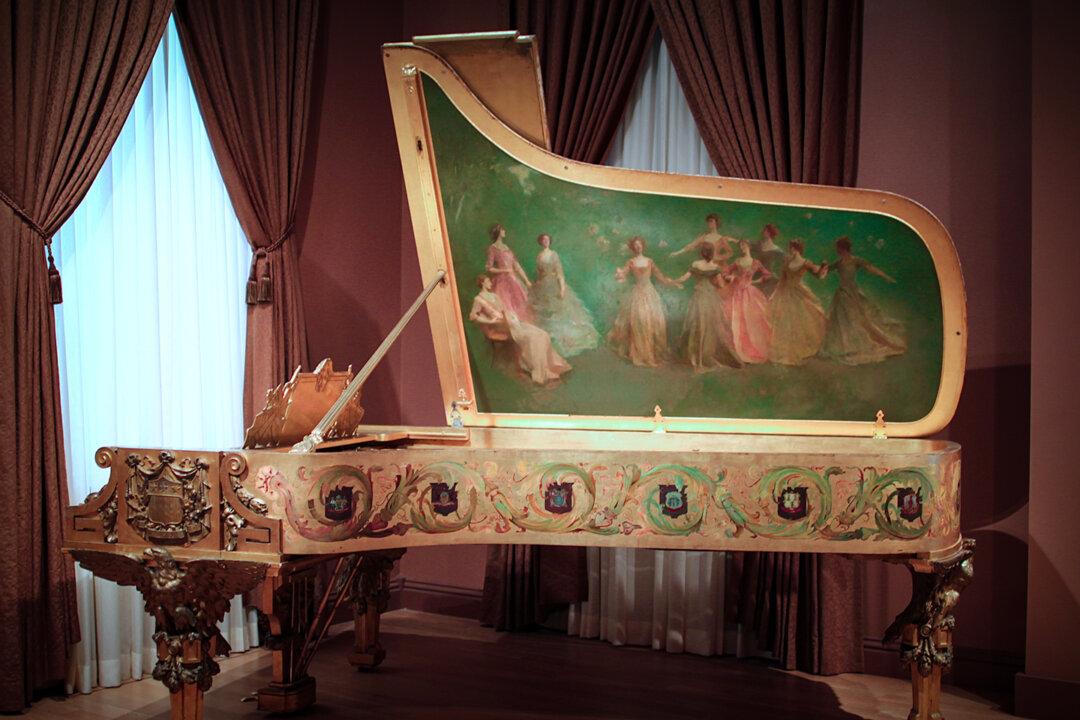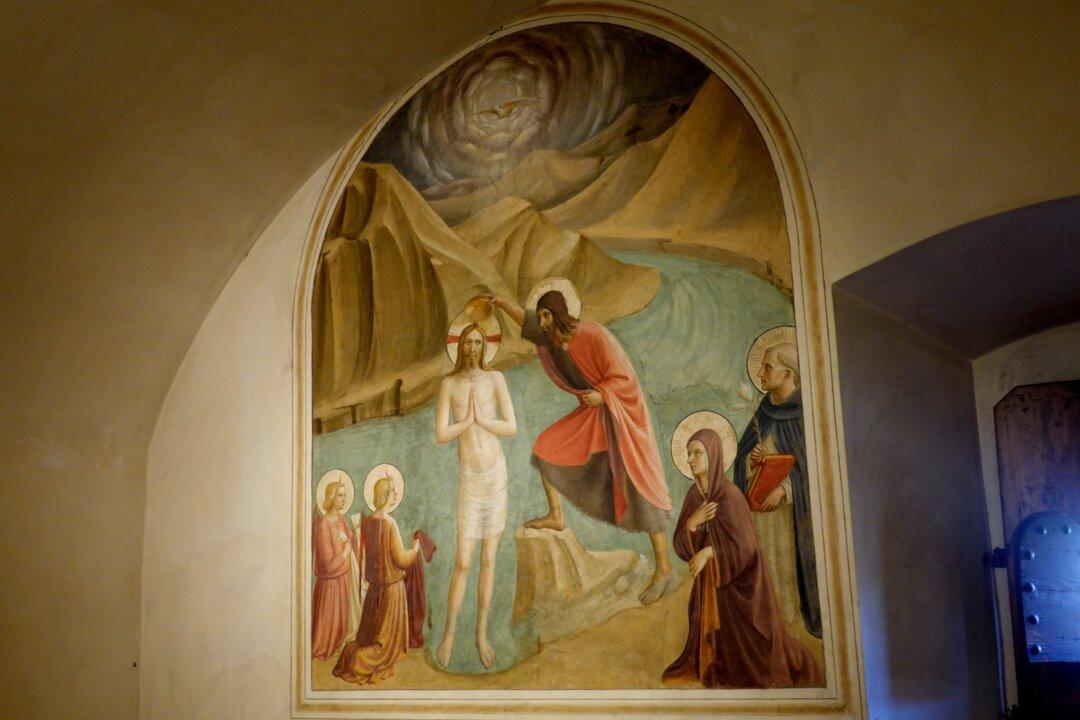In 1903, Steinway & Sons gifted a grand piano to President Theodore Roosevelt. It was commissioned for the East Room of the White House. Roosevelt’s Steinway was the main presidential piano until 1938, when it was donated to the Smithsonian National Museum of American History. It witnessed the administrations of Roosevelt, William H. Taft, Woodrow Wilson, Warren G. Harding, Calvin Coolidge, Herbert Hoover, and Franklin Roosevelt.
Designed by R. H. Hunt and J. H. Hunt, the gilded piano case was intricately carved by Juan Ayuso, a French citizen born in Bordeaux to Spanish parents. He meticulously inscribed seals of America’s original 13 colonies in marquetry around the piano’s body. Affluent elites coveted Steinway pianos carved by Ayuso: F.W. Woolworth (the founder of F. W. Woolworth Company and “Five-and-Dimes”) and the American business tycoons George J. Gould and Cornelius Vanderbilt commissioned Ayuso to carve piano cases for their estates.






